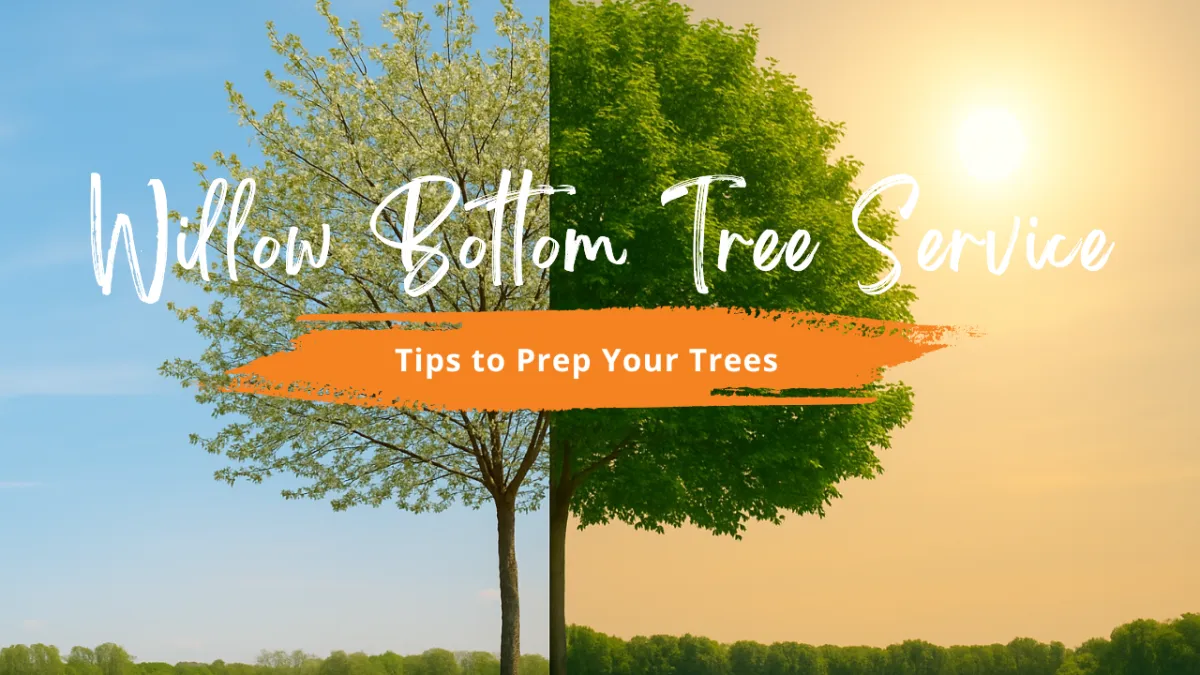
Summer Tree Care Tips for 2025 | Prevent Pests & Stress Damage
Tree Care Preparation for a Healthy Summer: Tips for 2025
1. Proper Summer Tree Pruning
Pruning is one of the most important maintenance tasks for trees, but timing and technique are critical. As we move into late spring and early summer, a light, strategic pruning can set your trees up for a healthy season.
Why is pre-summer pruning crucial?
Remove dead or weak branches: This reduces the risk of breakage during storms.
Improve airflow: Thinning crowded areas helps sunlight and air circulate, reducing disease risk.
Shape the tree: Proper pruning maintains structure and promotes balanced growth.
Pro Tip: Never prune more than 20–25% of a tree’s canopy in one season, as recommended by the International Society of Arboriculture. Over-pruning can stress the tree and make it more vulnerable to pests and sun damage.
If you are not sure how much to trim or which branches to cut, think about hiring a tree expert. You can schedule a consultation for help.
2. Watch Out for Summer Tree Pests and Diseases
Warm weather means pests and diseases are active and thriving. Without intervention, a small infestation can quickly weaken — or kill — even a mature tree.
Common Summer Pests to Watch For:
Emerald Ash Borers: Destructive beetles that tunnel under ash tree bark.
Aphids: Small, sap-sucking insects often found in clusters on new growth.
Spider mites: Tiny, sap-feeding pests that create fine webs on leaves.
Scale insects: Small, immobile pests that attach to stems and leaves, often appearing as bumps.
Tent caterpillars: Hairy caterpillars that build silken tents in trees and defoliate them.
Common Summer Diseases:
Anthracnose: Fungal disease causing dark, sunken lesions on leaves, stems, and fruit.
Powdery mildew: Fungal disease leaving a white, powdery coating on plant surfaces.
Fire blight: Bacterial disease causing rapid wilting and blackening of shoots and blossoms.
Leaf spot diseases: Fungal or bacterial diseases resulting in spots on foliage.
Early Warning Signs:
Discolored or wilting leaves: Indicates stress, potentially from pests, disease, or environmental factors.
Sawdust or small holes in bark: Sign of boring insects tunneling into the wood.
Sticky residue on leaves (honeydew): Excrement from sap-sucking insects like aphids and scale.
Visible pests or webs: Direct evidence of an infestation.
What to Do:
Regular inspections are crucial. A certified arborist can spot early problems. They can use eco-friendly treatments like insecticidal soaps and horticultural oils. They also use safe pest control methods for your trees and the environment.
3. Strengthening Trees for Hot, Dry Conditions
Summer heat and drought can severely stress trees, especially young or newly planted ones. Preparing now means giving your trees the best chance to not only survive but thrive during extreme weather.
Best Practices for Tree Health This Summer:
Mulching: Apply 2–4 inches of organic mulch around the base (but not touching the trunk). This retains moisture, regulates soil temperature, and suppresses weeds.
Deep Watering: Water deeply and infrequently, allowing moisture to penetrate the root zone. A slow, deep soak once a week is better than frequent shallow watering.

Fertilizing carefully: Trees that experienced stress during spring may benefit from a slow-release fertilizer, but always test the soil before adding nutrients.
Protecting Roots: Avoid heavy foot traffic or construction around the root zone, as this compacts soil and damages critical roots.
Bonus Tip: Install tree watering bags on young trees to make summer watering easier and more effective.
Summer Tree Care FAQs
Q: Is it acceptable to trim trees during summer?
A: Yes, but lightly, summer pruning is best for removing dead or damaged limbs, not heavy shaping.
Q: What is the frequency for watering my trees during hot conditions?
A: Water deeply every 7–10 days during dry periods. Adjust based on tree species and local rainfall.
Q: Is it advisable to fertilize trees pre-summer?
A: Only if it is needed, over-fertilizing can actually weaken trees. Always test soil first.
Don’t Let Your Trees Struggle This Summer
Healthy trees don’t just happen — they need smart, timely care. Ensure your trees thrive this summer by implementing these key preparation tips for 2025. For expert tree trimming, tree removal, pruning, and tree care service, Willow Bottom Tree Service is here for you. Call us at 910-613-8733 (TREE), visit our website at www.willowbottomtreeservice.com, and let us help you create a healthy and beautiful landscape all season long.